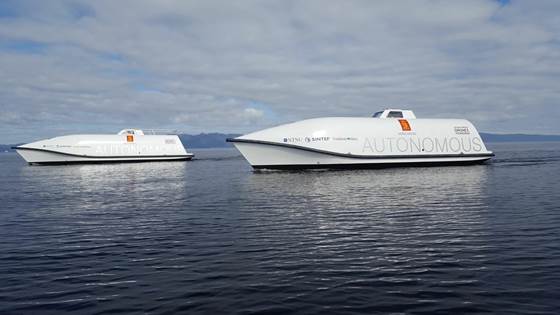
ARTISAN – AI/ML Sensor Fusion for Autonomous Vessel Navigation
ARTISAN aims to improve autonomous ship navigation and thereby contribute to more efficient and competitive ship operations while reducing the vessels’ environmental impact.

ARTISAN aims to improve autonomous ship navigation and thereby contribute to more efficient and competitive ship operations while reducing the vessels’ environmental impact.
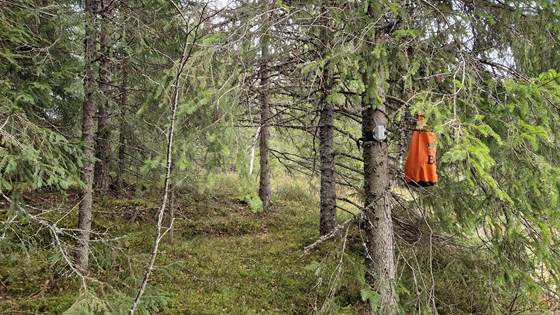
We aim to develop technology that makes the most of bioacoustics recordings. Our focus is on understanding ecosystems and their inhabitants, as well as assessing the impact of restoration efforts and human activity.

KoBas aims to develop predictive models for volume and price in the regulating power market, with associated outcomes. Predictions in these markets will create value, both on their own and in combination with existing decision support tools.
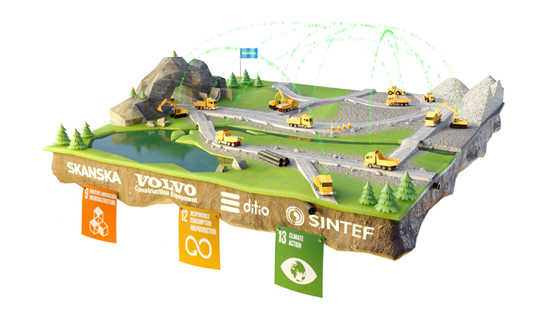
Artificial intelligence for more sustainable road construction
The aim of the project is to ensure high quality, value added food supply via minimal use of synthetic chemicals by integrating advanced technologies, optical radiation and exploitation of plant genetic resources.
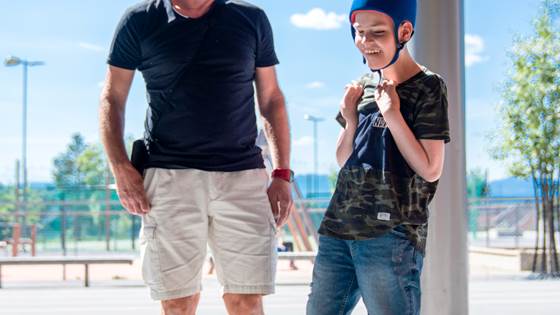
Develop a system for automatic interpretation of sounds, facial expressions and body gestures of people who cannot speak.
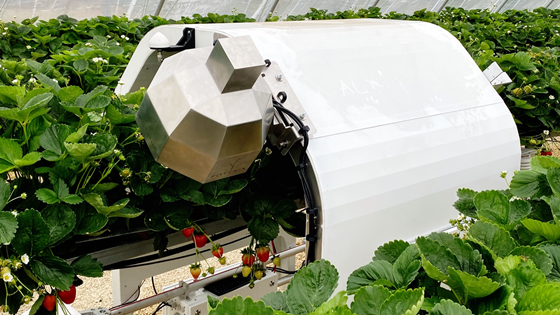
SAGA Robotics and Noronn have previously developed a strawberry-picking robot. This project will introduce a sensor suite for in-situ quality assessment of strawberries on the bush. The system will improve quality, volume, and forecasting, and will...
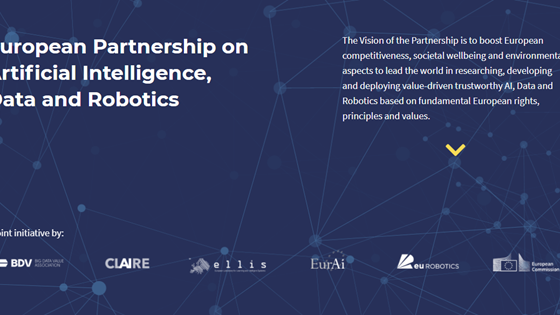
Norwegian participation in the AI, data and robotics Partnership in Horizon Europe
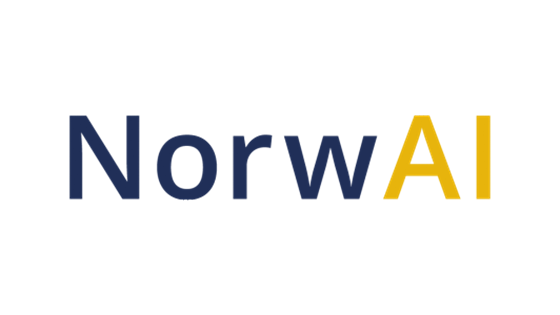
Norwegian Research Center for AI Innovation
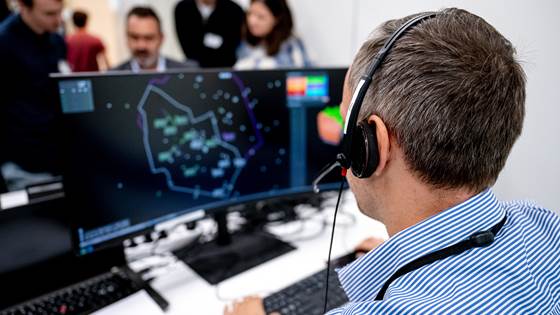
The project PJ.09, Digital Network Management Services, aims to improve network traffic predictability and shared complexity representation for all demand capacity balancing (DCB), dynamic airspace configuration (DAC), integrated network management...
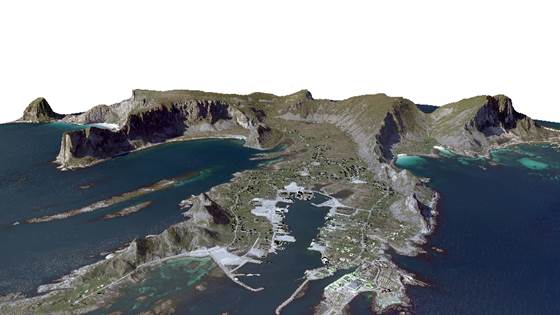
SINTEF has developed software to enhance the situational awareness of air traffic controllers (ATCOs) in remote towers. Various automation features and techniques support them by improving their spatial and temporal perception.
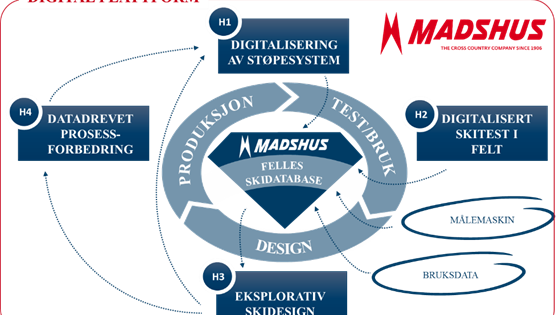
Madshus is the oldest, still operating, producer of cross-country skis. The factory delivers advanced racing and entry level skis with regards to material quality, design, weight and defined ski properties.
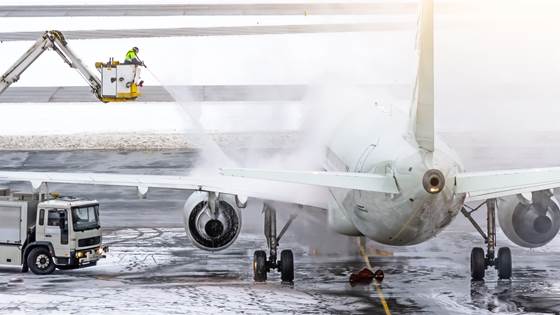
A new software developed by SINTEF makes it more efficient to plan daily airport operations, reducing delays, aircraft idling and recovery time.

The central R&D challenges within this project focus on the use of machine learning techniques and cloud-based services to deliver more user-friendly and robust 3D camera solutions.
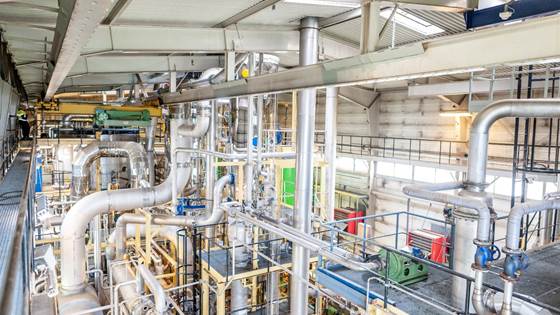
The AI4DI mission addressed bringing AI from the cloud to the edge and making Europe a leader in silicon-born AI by advancing Moore's law and accelerating edge processing adaption in different industries through reference demonstrators within the...
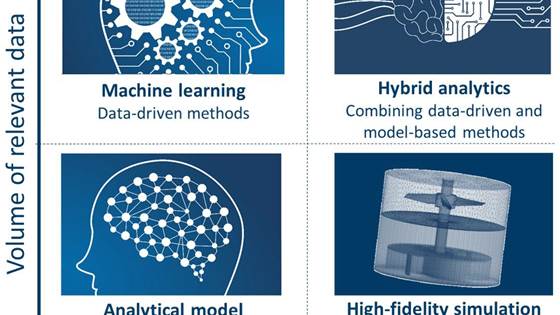
The aim of TAPI (Towards Autonomy in Process Industries) is to move Norwegian land-based process industries towards more autonomous operations by exploring the intersection between machine learning (ML) and more traditional model-based control...

SINTEF has developed Mobility-as-a-Service adapted to scattered rural areas. The main idea is a system for transport planning that coordinates needs for passenger and goods transport in order to use transport resources optimally.
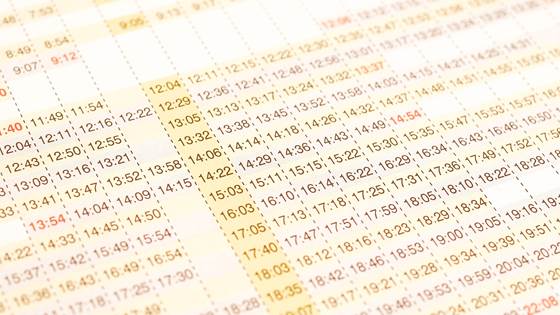
StraTi is a short exploratory research project for extending SINTEF's existing train management tools in order to support Strategic Timetabling.